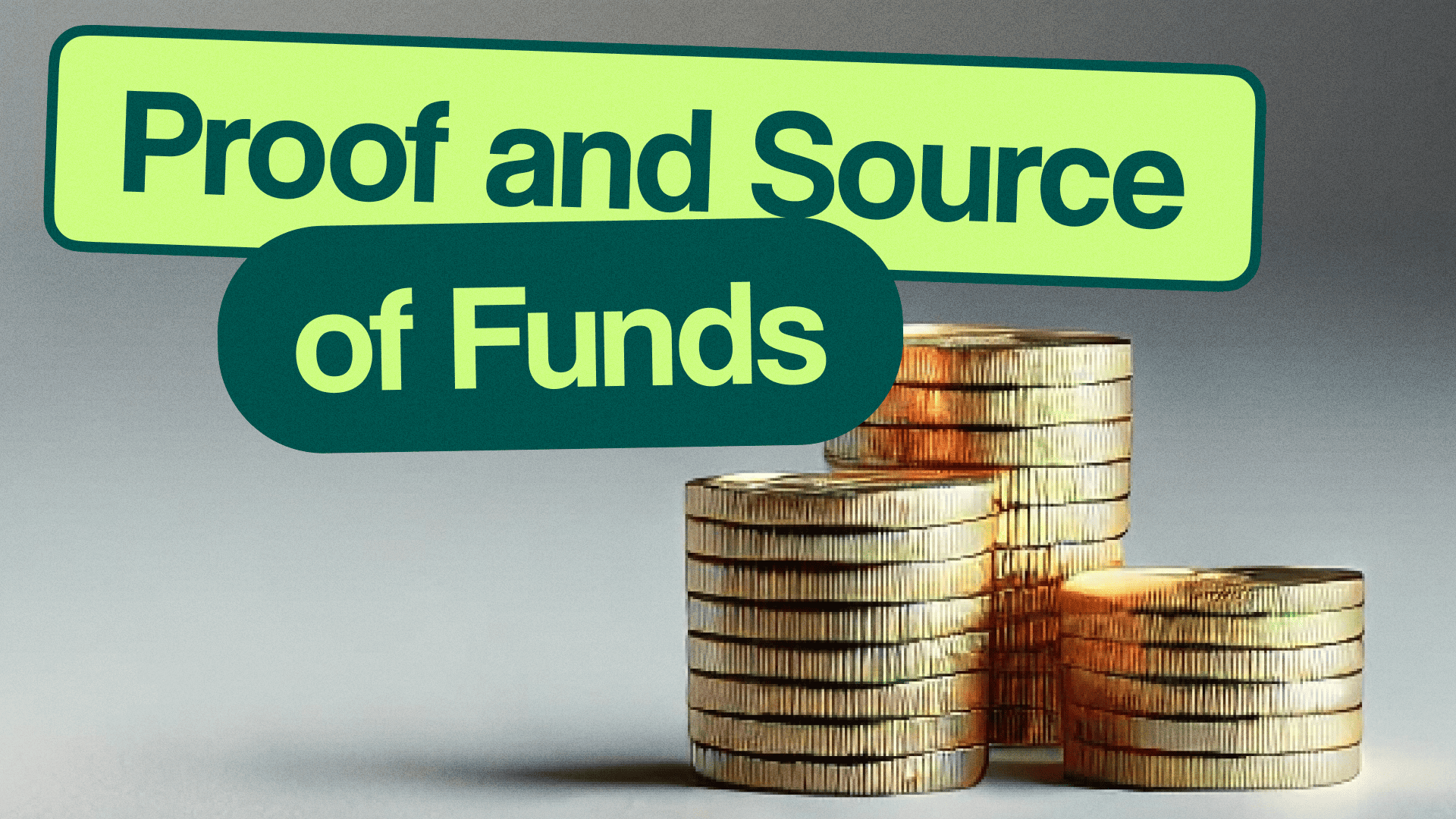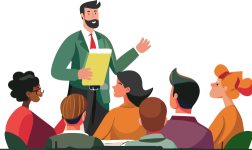The European Union has long sought to unify rules for the markets in crypto assets regulation. Various EU jurisdictions had their standards regarding licensing, software standards, and crypto asset service providers operations. The European Parliament and Council engaged in years of discussions to harmonize industry practices, protect investors, stimulate innovation, and ensure transparency among crypto asset issuers of digital assets. As a result, the Markets in Crypto-Assets Regulation (MiCA regulation) was enacted in June 2023.
The European Union has long sought to harmonize rules for crypto assets regulation. Many EU jurisdictions had their regulations regarding the issuance of licenses, technical software standards, and crypto services. The European Parliament and the European Council have been discussing for many years the formation of norms and procedures to harmonize the work of the industry, ensure investor protection, stimulate the development of innovation, and transparency of digital asset issuers. As a result, the Markets in Crypto Assets Act, or MiCA, came into force in June 2023.
Now, all countries within the EU are required to follow strict guidelines established in the legislative act for issuing crypto licenses to market operators. The European Securities Markets Regulation (EU MiCA) creates a unified environment and sets standardized rules for all participants (crypto asset service providers, operators, issuers, and users).
This regulation is expected to bring major changes as the number of crypto asset users in Europe is projected to reach 218.6 million by 2025. Germany, in particular, is focused on compliance with the regulations and expects revenue of $1.911 billion by 2024.
The adoption of MiCA is considered as significant as the introduction of the GDPR in 2016, which transformed the handling of users’ data.
What is called MiCA?
MiCA regulation was developed considering the existing financial services legislation in the crypto asset sector and their effectiveness. It consists of seven sections and classifies digital assets into three categories: crypto assets, asset referenced tokens, and e-money tokens.
The key objectives of MiCA are:
- To establish a unified legal framework for crypto-asset regulation, eliminating discrepancies in national rules.
- To define clear operating rules for market participants.
- To protect users from fraudulent actions by operators and safeguard investments in case of exchange issues.
- To balance the market and enhance user trust.
- To notify players of potential risks and costs when trading crypto-assets.
- To monitor energy consumption using mining software and assess environmental risks.
- To allow crypto asset service providers and other service providers to conduct marketing campaigns across the EU.
The primary goal of these measures is to combat financial fraud and illicit enrichment. The European Securities and Markets Authority (ESMA) has already created a registry of all operators working without an officially issued crypto license.
Who will be affected by MiCA?
Section V of Article 59 of the MiCA European crypto asset who is authorized to provide services on the crypto market among them:
- Legal companies authorized as crypto service providers (CASP).
- Organizations engaged in lending.
- Companies raising investment capital.
- Central securities depositories.
- Market operators.
- Electronic money institutions.
The requirements under Art. 59 include the mandatory presence of an office in one of the EU countries (where most of the activities take place) and the appointment of a resident manager.
According to Art. 59.7, companies can provide their services in all countries of the Commonwealth without the need to open an office in each of them.
The MiCA Regulations categorize assets into three types:
- Asset referenced tokens (ART, stablecoins with commodities, or multiple currencies as collateral). Section III states that if the issuance value of the asset exceeds EUR 100 million, the issuer must submit a report to the Regulator each quarter on the total number of coin holders and the average amount of transactions per day.
- Electronic money tokens (E-money tokens, EMT, stablecoins backed by fiat currency). In Section IV they are labeled as e-money and issuers are required to notify the authorities 40 days before the issuance of the coin or the commencement of trading in them.
- Other tokens. Section II notes that if, within 12 months from the start of a token offering, the total amount of the offering exceeds €1 million, the issuer must notify the Regulator.
MiCA’s legislative rules cover the activities of exchanges providing exchanges, crypto platforms, crypto asset issuers, crypto wallets, and crypto asset services advisory and management companies.
The new rules state that:
- CASPs are obliged to take measures to protect cryptocurrency wallets and reimburse investors in case of loss of funds.
- Market manipulation using insider information is prohibited.
- Adhere to AML procedures.
Regarding crypto asset regulation, the rules will apply if the asset is similar to one of the three types of assets identified in the Regulation. DeFi/dApps are not subject to MiCA regulation.
MiCA Basics
MiCA consists of 7 sections describing the regulatory rules:
- Section I. Outlines who is covered by the law, and what requirements crypto asset service providers must meet to offer crypto trading to users.
- Section II. The main points related to the definition of crypto-asset (not e-money and tokens not tied to the asset), as well as the requirement (technical documentation) for the company to release new coins to the market.
- Section III. Define what asset-referenced tokens are and who is authorized to offer them to the market.
- Section IV. All information and requirements about e-money and their issuers.
- Section V. It lists the entities authorized to provide crypto asset services, their responsibility to customers, technical components, and security regulations.
- Section VI: Describes in general the prevention of market abuse, why you can’t manipulate the market, use insider information, etc.
- Section VII. On the interaction between EU regulators, reporting by the European Banking Authority (EBA) and the European Securities and Markets Authority (ESMA).
For crypto projects, the benefits of MiCA regulation:
- simplifies operations as a single system of license requirements is in place;
- expansion of the service provision market throughout the EU (27 countries, 449 million people);
- conducting marketing campaigns throughout the territory.
Difficulties for crypto projects from the introduction of the new regulations include:
- tougher anti-money laundering (AML) compliance;
- compliance with more regulations when issuing tokens;
- having to report on the environmental impact of mining coins;
- publicly announce commissions, and prices and publish technical documentation outlining potential risks.
Algorithmic stablecoins are banned in the EU. Fiat-backed stablecoins must have a 1:1 reserve.
What will MiCA bring to the market?
For the crypto market, MiCA regulation law standardization simplifies market regulation, reduces the costs for companies to obtain licenses in each of the 27 EU countries, and creates uniform requirements for all market participants.
The European Banking Authority (EBA) and the European Securities and Markets Authority (ESMA) monitor compliance with MiCA rules and issuers’ fulfillment of norms of funds reservation for stablecoins. Violations can result in stiff sanctions and fines of several million.
MiCA is a significant step towards ensuring compliance, transparency, and investor protection in the crypto industry. To stay ahead in this rapidly changing field, enhance your qualifications through the Certified Anti-Money Laundering Senior Specialist program – it equips professionals to meet regulatory demands with confidence.
Among the significant players in the market are the exchange Binance and its vice president Martin Brunko, who in an interview with Cointelegraph expressed his excitement about the adoption of MICA, because in this way a single market will be created.
German politician Gunnar Beck, according to Decrypt, pointed to the possibility of criminalizing decentralized finance and its users, as well as creating full financial control by the EU.
Spanish politician Ernest Urtasun pointed out that due to the lack of regulation, small companies were failing and the market was full of illegally operating companies.
MiCA will serve as a model for other markets to harmonize legislation in their jurisdictions.
Stages of MiCA implementation
The vote for MiCA by the Economic and Monetary Affairs Committee occurred in 2022. Then the European Parliament voted and in June 2023 the Markets in Crypto Assets Act or MiCA was passed, But, mica definitions come into force in stages during 2024. From June 30, 2024, Title III and Title IV regulations can be implemented and from December 2024, Sections (I, II, V, VI, VII) will already be implemented.
In June, the regulation of stablecoins, their issuers, and e-money will come into effect. From then on, service providers will need to go through a licensing process, meet all requirements for offering new coins to the market, comply with asset reserves, and protect users from risks. Experts say that the introduction of such restrictions could affect the liquidity and value of some stablecoins. The rest of the rules on crypto assets will come into effect in December.
MiCA is a kind of breakthrough in the regulation of the crypto market, the formation of a unified regulatory system. Obtaining approval from EU regulators for crypto activities will mean confirmation of the honest and transparent practices of the service operator.









